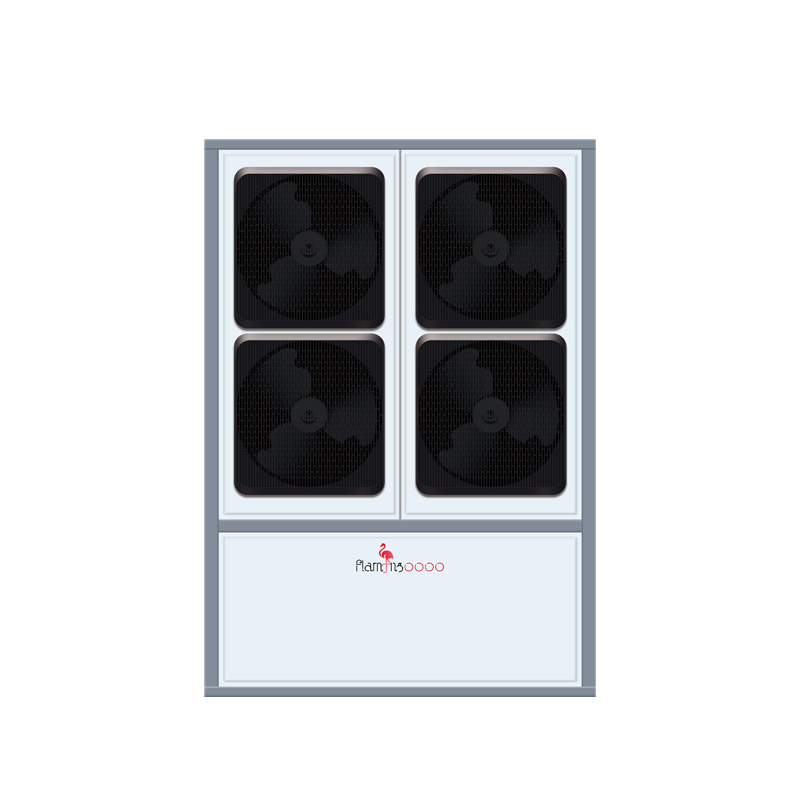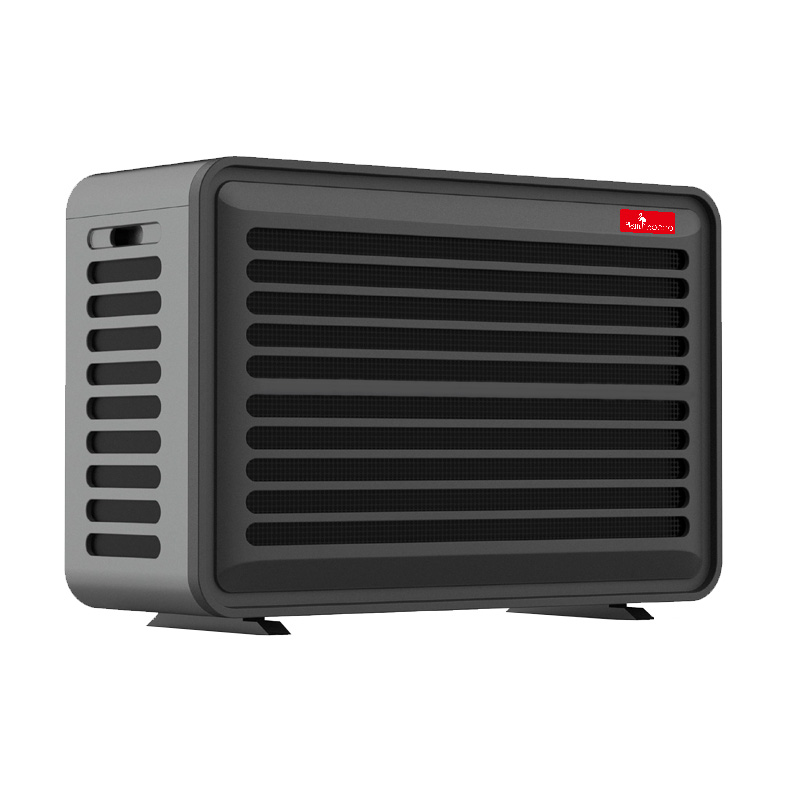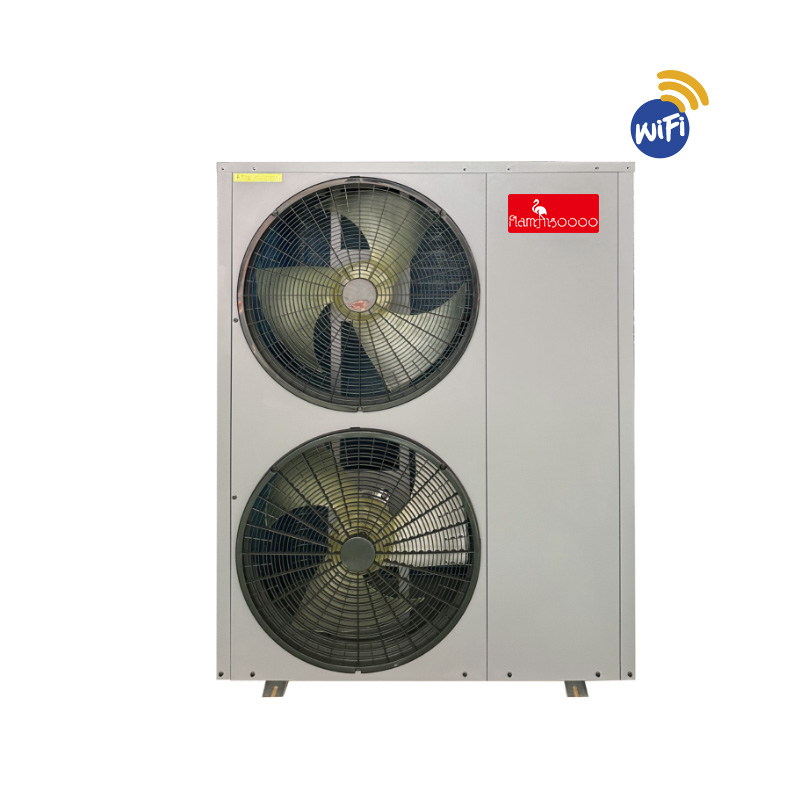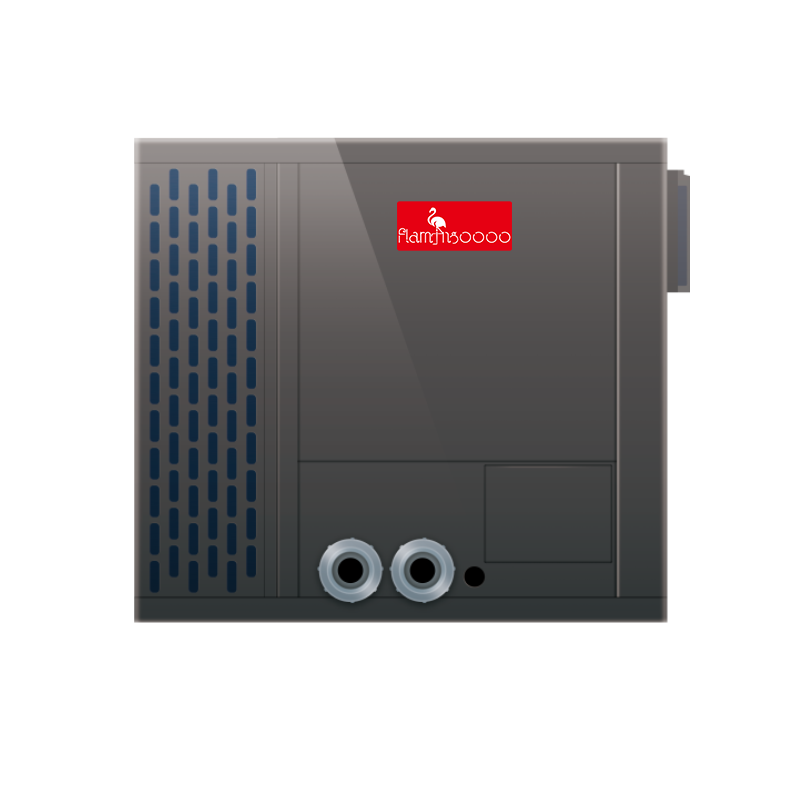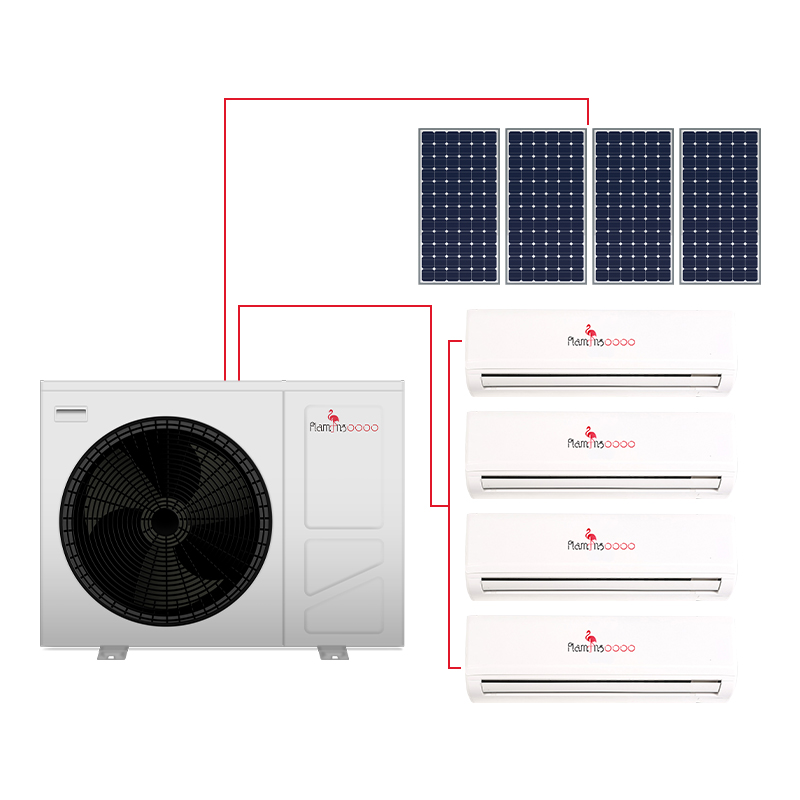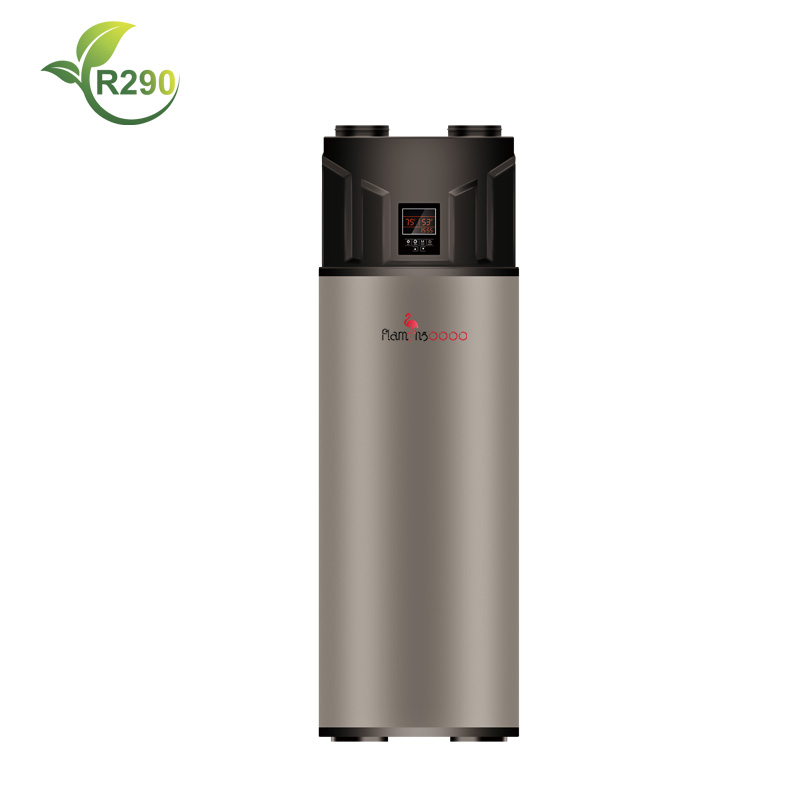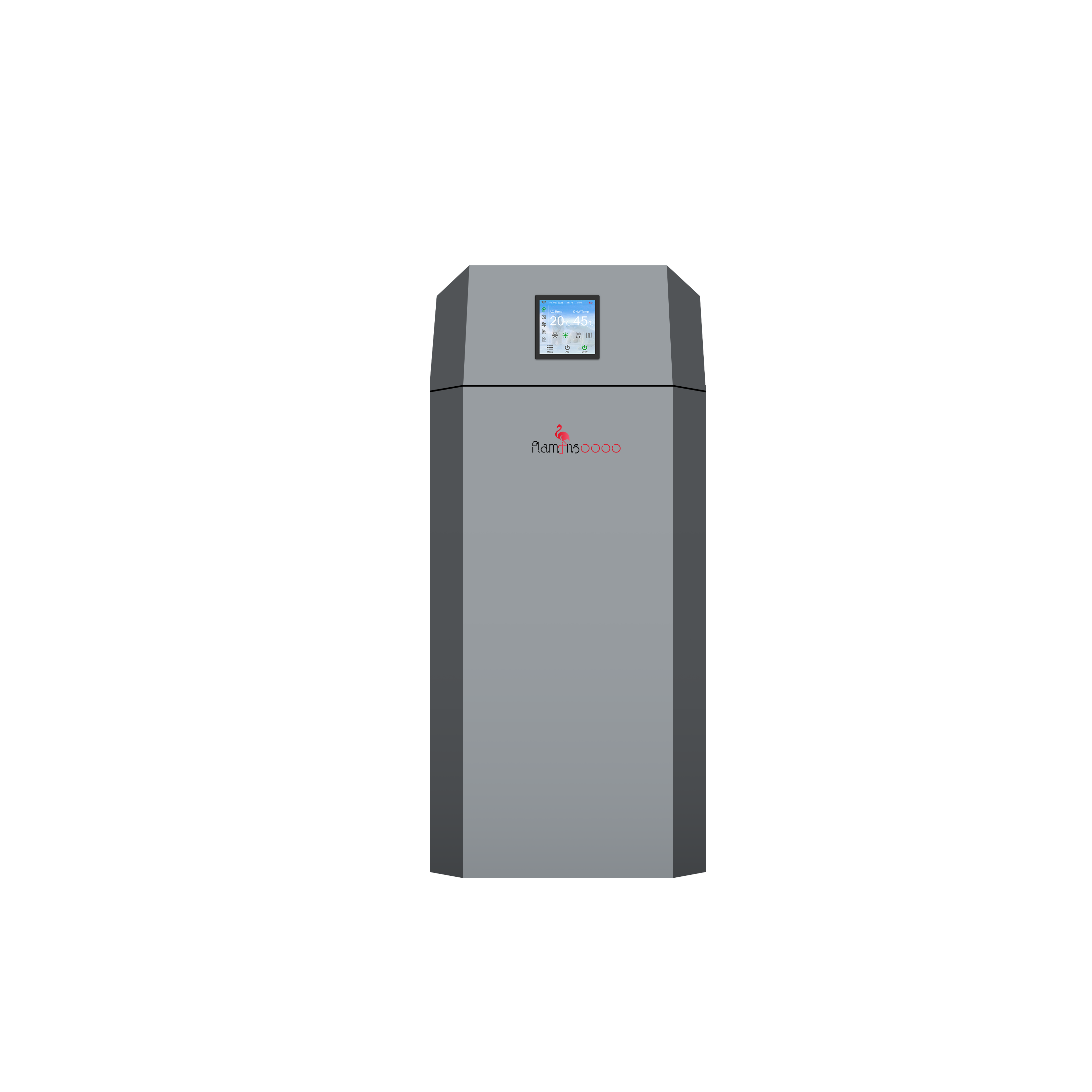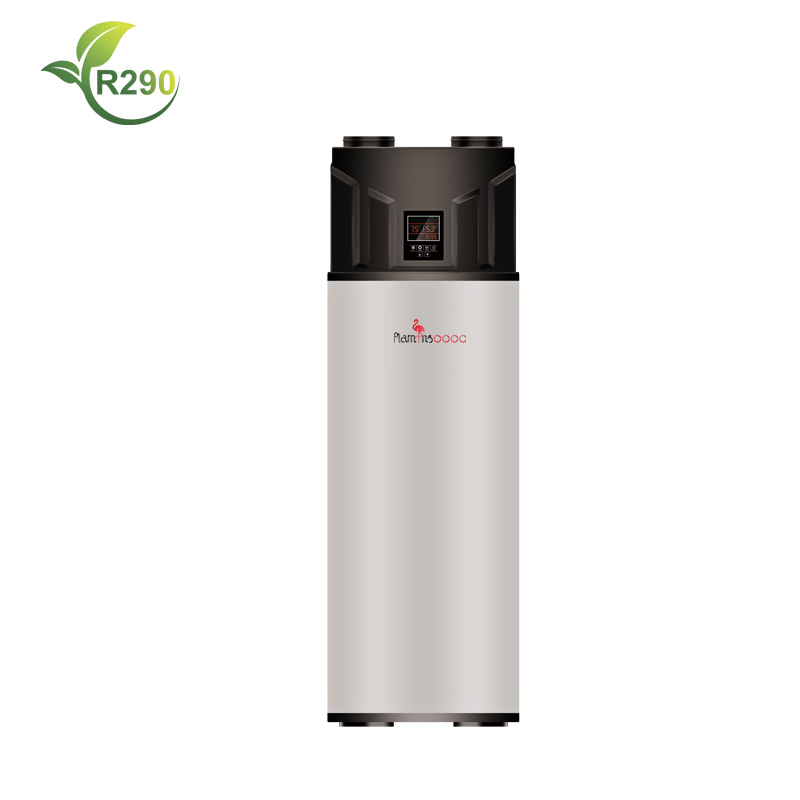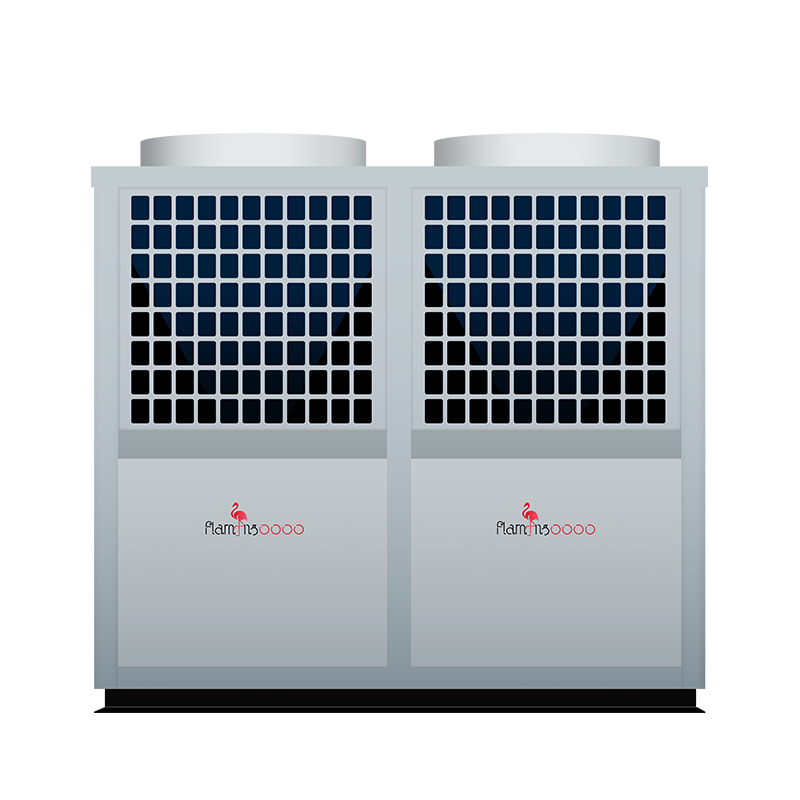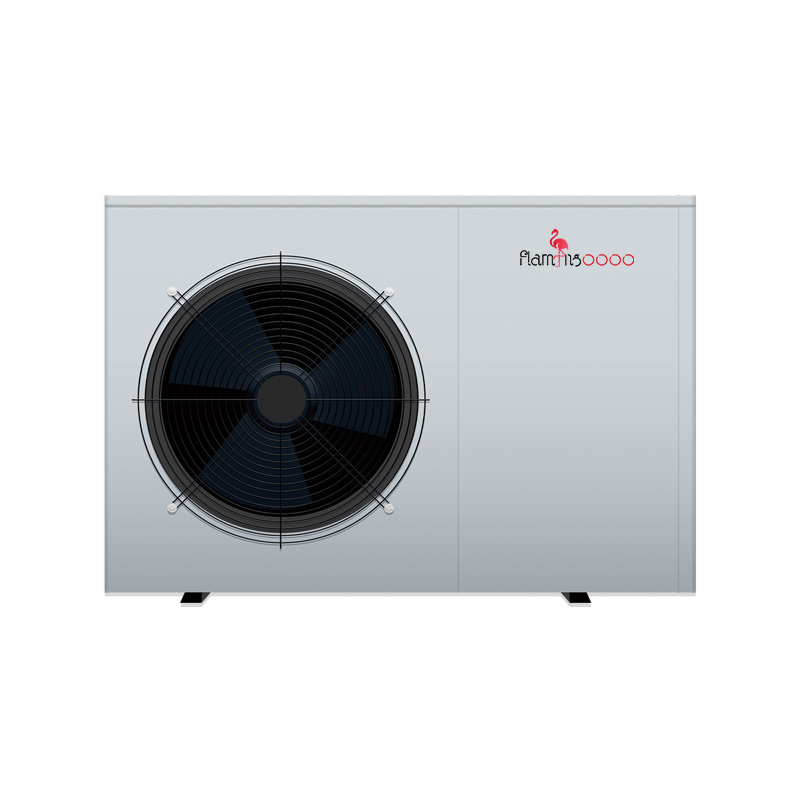Is the Initial Cost of Installing a Photovoltaic Heat Pump High?
The growing demand for clean energy solutions has driven interest in photovoltaic (PV) heat pumps, which combine solar energy with heat pump technology to provide efficient heating and cooling. However, the question of cost remains a key consideration for potential adopters. So, is the initial cost of installing a photovoltaic heat pump high?
Breaking Down the Initial Costs
The upfront cost of a PV heat pump system includes several major components, each of which plays a crucial role in the system’s functionality:
Photovoltaic Panels: These panels capture sunlight and convert it into electricity. While the cost of PV panels has dropped significantly over the past decade, they still account for a large share of the initial expense.
Heat Pump Unit: The heat pump is the core device that transfers heat for both heating and cooling. Its cost depends on the system’s capacity and efficiency.
Battery Storage (Optional): In off-grid areas or places with intermittent sunlight, batteries store excess energy for later use. Battery costs have decreased but still add significantly to the overall cost of the system.
Installation and Labor: Installation requires skilled technicians, and costs vary depending on the complexity of the system and the location.
Why Is the Initial Cost Perceived as High?
Compared to traditional heating and cooling systems, PV heat pumps require a larger upfront investment. This is primarily due to the dual nature of the system, which includes both solar power generation (PV panels) and an advanced heat pump unit. Additionally, battery storage for off-grid systems adds to the overall expense.
Long-Term Savings vs. Initial Cost
Although the initial cost is higher, PV heat pumps offer significant savings over time. Here’s how:
Reduced Energy Bills: By generating free electricity from the sun, homeowners can drastically cut or even eliminate their utility bills.
Incentives and Subsidies: Many governments offer tax credits, rebates, and other financial incentives to make PV systems more affordable.
Low Maintenance Costs: PV panels and heat pumps require minimal maintenance, resulting in lower ongoing expenses.
Factors That Influence Installation Cost
System Size and Capacity: Larger homes or buildings require larger systems, leading to higher costs.
Sunlight Availability: Areas with consistent sunlight require fewer PV panels, which reduces costs.
Battery Storage Requirements: Locations with unstable grids or no grid access need battery storage, increasing the total cost
The Role of Government Incentives and Financial Assistance
Governments around the world recognize the value of renewable energy systems and offer incentives to reduce the financial burden on homeowners and businesses. These incentives may include tax credits, grants, low-interest loans, and direct subsidies. For instance, in some countries, homeowners can receive up to 30% of the installation cost back through tax credits. In regions where energy costs are high, the payback period for these systems can be significantly shortened with government support.
Are There Ways to Reduce the Initial Cost?
Yes, several strategies can be used to lower the initial investment. Here are some options:
Take Advantage of Government Incentives: Apply for local, state, or federal grants, rebates, and tax credits to reduce the net cost.
Choose a Scalable System: Start with a smaller system and expand as needed. This reduces upfront costs and allows for phased investment.
Consider Energy Storage Alternatives: If battery storage is not essential for your area, consider using a smaller or no-battery system to reduce costs.
Negotiate Installation Costs: Different installers charge varying fees for labor. Get multiple quotes to find the best deal.
Is It Worth the Investment?
The answer depends on individual circumstances. While the upfront cost is higher, the system’s long-term financial and environmental benefits often outweigh the initial expense. Additionally, as technology improves and prices continue to decline, the affordability of PV heat pumps is expected to increase.
PV heat pumps also offer significant non-financial benefits. For instance, they provide energy independence, especially for homes in remote areas where access to the power grid is limited or unreliable. Reducing dependence on fossil fuels also contributes to a cleaner environment and supports the global transition to sustainable energy.
Conclusion
Yes, the initial cost of installing a photovoltaic heat pump is higher than conventional systems. However, with long-term energy savings, financial incentives, and a reduced carbon footprint, it is a smart investment for many homeowners and businesses. As costs continue to fall and energy independence becomes a priority, PV heat pumps are set to play a vital role in the future of sustainable energy.
While the initial price tag may seem high, it’s important to view this expense as an investment in future energy savings, environmental sustainability, and energy security. The combined impact of government incentives, falling PV panel costs, and improved system efficiency make PV heat pumps an increasingly attractive choice for homeowners and businesses alike. With careful planning and smart financial decisions, the initial cost of installing a photovoltaic heat pump can be managed, providing a pathway toward cleaner, cheaper, and more sustainable energy.

